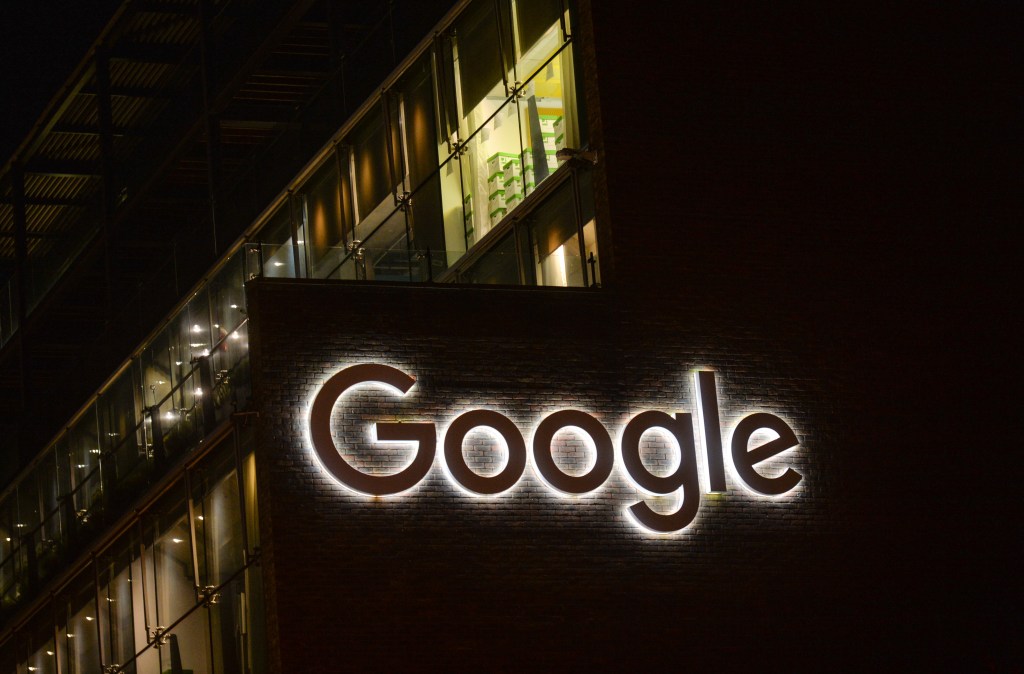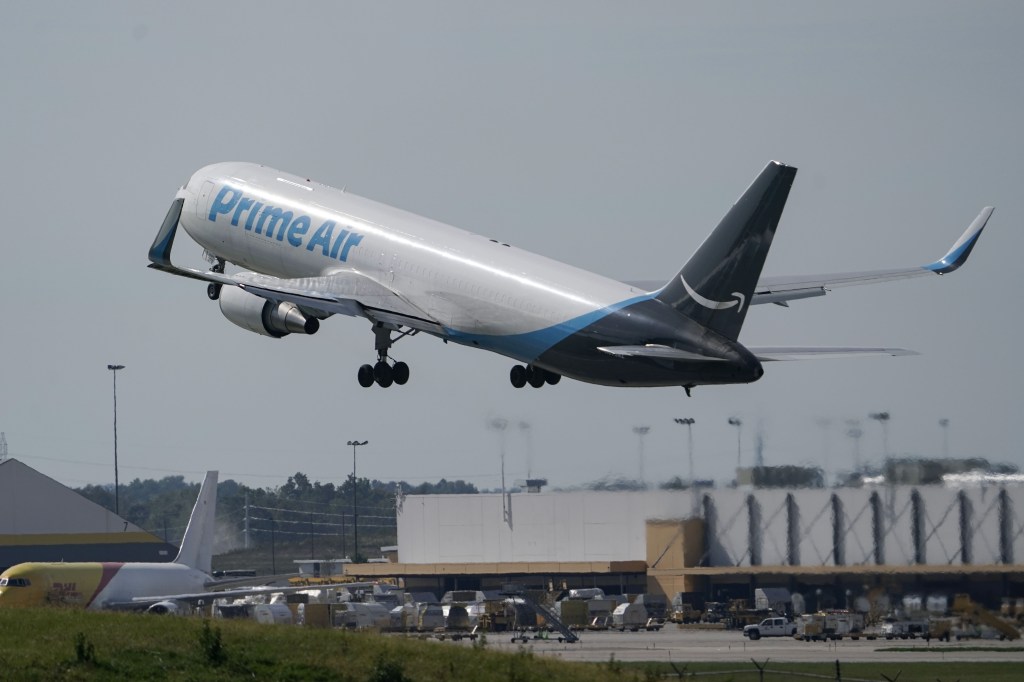When about 48,000 workers went on strike Monday against General Motors, they launched the largest American labor stoppage against any business since the financial crisis. The striking union—the United Auto Workers—is confronting vicious headwinds in the form of always-cheaper foreign labor, reduced car sales, and pressure to invest in electric and self-driving vehicles at a time of impending climate catastrophe.
On top of all that, workers formed picket lines because GM is trying to effectively cut their hard-fought healthcare benefits. According to the Center for Automotive Research, a Michigan-based think tank that receives some funding from auto companies, the average UAW worker pays about 3 percent of their health care tab, compared to 28 percent paid by the average American worker. Crain’s Detroit Business reported on Monday that GM’s initial contract offer asked workers to start paying 15 percent of their healthcare costs.
Videos by VICE
While such a move by an employer may seem fairly ordinary by contemporary standards, it wasn’t that long ago that Americans would have viewed this request as a huge scandal. In fact, experts said, that a once-mighty labor union is fighting tooth and nail to save generous health plans speaks to the economic precarity most Americans have grown to numbly accept.
“Having to pay large amounts of your health-care, that is still a fairly recent phenomenon,” said Erik Loomis, a labor historian at the University of Rhode Island and author of A History of America in Ten Strikes.
Loomis pointed to a 1983 labor stoppage where thousands of copper miners and mill workers went on strike for almost three years against the Arizona-based Phelps Dodge Corporation. “One of the key issues of that strike was that workers were so outraged by the request that they pay part of their health care,” he explained. “It was unprecedented, and yet today it’s become so normalized. Everyone complains about it, but employers just slowly force more and more of their costs onto their workers.”
Rather than ask why UAW workers pay so little in healthcare costs relative to others, Loomis said, the conversation should be framed around “workers defending what they have, and not letting companies cede more and more of their responsibility.”
Employer-based health insurance was actually something of a historical accident in the United States, led partly by labor unions that were barred from negotiating over wages during World War II. That led unions to begin focusing on other types of permissible fringe benefits, including employer-sponsored insurance. Many non-union companies followed suit, facing pressure to compete with unionized firms. Subsequent changes to the federal tax code made offering health insurance even more attractive for employers, so much so that 70 percent of the population was covered by private health insurance in the 1960s, up from nine percent in 1940.
Today, of course, when “job hopping” is common and the so-called gig economy means many workers are not full-time employees, it’s become painfully evident that tying health insurance to work is less than ideal.
Shaun Richman, who directs a labor studies center at SUNY Empire State College, said there is a strong case for “getting the boss out of the doctor’s office” altogether. Employer-based health insurance, he argued, “is plainly outmoded and is absolutely killing unions.” His thinking is partly strategic: Every time a union starts a round of contract negotiations, they almost invariably begin by fighting back against proposed healthcare cuts. “There’s simply no round of bargaining that employers won’t put healthcare on the table, and it’s been devastating,” Richman said.
Indeed, the fight over healthcare benefits is central to understanding the last few decades of labor disputes in the United States.
“The major issue we saw during labor walkouts in the 1990s and 2000s had to do with the restructuring of healthcare plans,” said Jake Rosenfeld, a sociologist at Washington University in St. Louis and author of What Unions No Longer Do. “Wages were really the secondary concern.”
Whether the auto workers can make their fight for affordable healthcare resonate with the broader public may be key to the UAW sustaining support for the strike in general. Alexander Hertel-Fernandez, a political scientist at Columbia’s School of International and Public Affairs, said auto workers might struggle to engender the same level of enthusiasm that striking teachers have across the country beginning last year. In fact, they might not even reach the same level of support as workers at other recent service-sector strikes like those at Stop & Shop grocery stores and Marriott hotels.
“My research and the work of others suggests that it may be easier for workers to build solidarity with their broader communities when they have daily interactions and are in the same social networks as the public,” Hertel-Fernandez said.
Still, as Rosenfeld pointed out, one thing working in the UAW’s favor is the clear profit margins enjoyed recently by U.S. auto companies. “GM is highly profitable now, and was bleeding money during the last 2007 walkout,” he said.
While the last UAW strike in 2007 ended after just two days, at least one union leader suggested Monday this labor stoppage could go on for much longer. On Tuesday, the White House reportedly began trying to broker a deal to end the strike, but GM also announced that it would be cutting off its share of strikers’ health benefits, shifting the burden to unions and telling workers they could apply for COBRA. On top of this financial blow, the average full-time UAW will be paid just $250-per-week while the strike stretches on—assuming the union’s strike fund holds up.
“They’re in a war for their lives, and the company is basically putting a gun to the unions’ head,” said Richman. “They’re saying we’ll reopen one of these factories if you agree to all these other concessions. I don’t think the UAW has much choice but to stand and fight, but this is not public education—schools can’t be shipped overseas. These jobs very much can be shipped overseas and have been. That threat is very real.”
Sign up for our newsletter to get the best of VICE delivered to your inbox daily.
Follow Rachel M. Cohen on Twitter.




